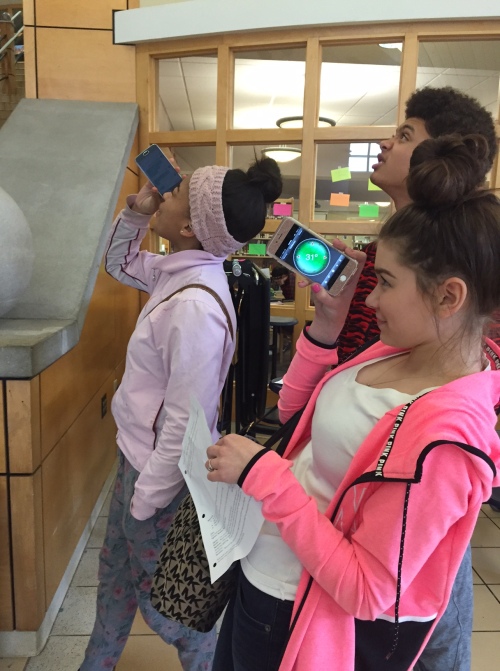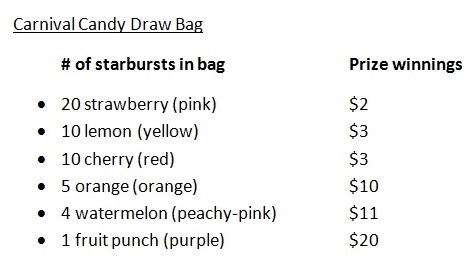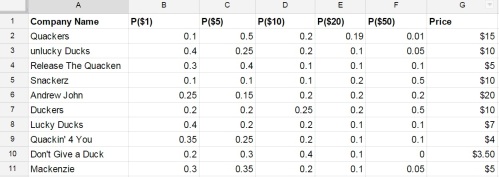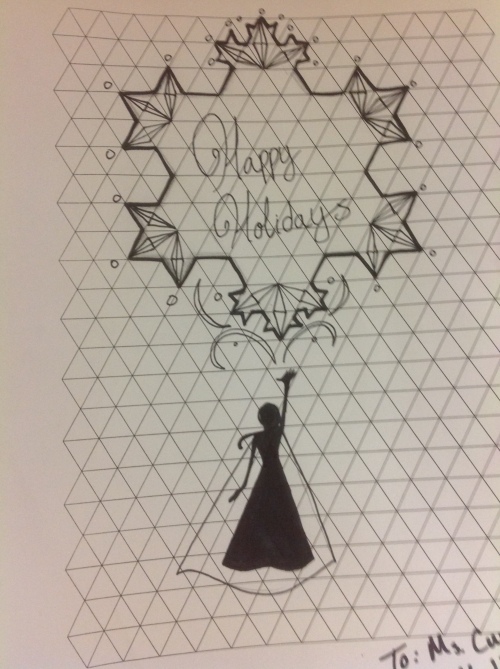For some reason I feel compelled to write about teaching even though I just quit teaching. Quit? Yes, I resigned from my job this year and am taking a break from teaching high school math. Why did I do it? Honestly, I don’t think I can adequately articulate it, and I don’t owe anyone an explanation, but quite simply, I needed a break. I have a sneaking suspicion that I shall return to teaching again some day (probably sooner than I realize), but in the meantime, I’ve been pursuing some of my other passions and working on acquiring some new skills.
I’m still very interested in being part of the conversation on teaching high school math, and I still use Twitter every day to keep up with it. In fact, I have so much to say on the topic that I figured I might as well blog about it. I hope that blogging will be cathartic for me, helpful to other teachers out there, and helpful for me if/when I return to teaching.
So that was quite an introduction to a post in which I wanted to talk about curriculum.
I’m inspired to write about curriculum because the school where I taught had such a horrible, out-dated curriculum, and it was a huge burden for me. I’m pretty sure the curriculum pre-dated my own high school years, so I was shocked that I was required to teach it to my students. It was the most rote, procedural, and repetitive mathematics that I have ever come across. It made me think of the Cold War era, which I actually don’t really know anything about as I was born after that time, but if I could imagine it, I imagine different countries putting their young people in little school factories to see who could solve equations by hand the fastest.
Such was the imagery in my head because the entire curriculum at my school was built around solving equations algebraically. Here is the procedure for solving quadratic equations. Here is the procedure for solving exponential equations. Here is the procedure for solving trigonometric equations. And so on. Naturally, this led to an incredibly teacher-centered classroom. For each lesson, there were pages of notes that the teacher talked about. Then the teacher did some examples. Then the students were supposed to mimic the teacher exactly on a worksheet of 25 identical problems. It was brutal. I felt so sorry for… everyone involved.
Now, I don’t mean to say that we shouldn’t teach solving equations. The concept of what it means to solve an equation is a fundamental part of mathematics. During my first year of teaching I quickly realized the lack of conceptual understanding my students had as a result of our pathetic curriculum. Our assessments would be filled with equations to solve, but not a single student could answer the questions: What does it mean to solve an equation? What does it mean if a number is a solution to an equation?
When I discovered this discrepancy, I just felt terrible. Why were we making students do something that they didn’t understand? Hey kids, memorize exactly what the teacher did, regurgitate it on an exam, and then do it again. There’s no need to understand it. Heck, you can get an A+ grade without actually understanding anything. I quickly realized that no genuine learning was happening. It was sad.
My last two years of teaching I incorporated the two italicized questions from above into the first non-review unit almost every day. (Yikes, don’t get me started on how our curriculum wasted the first unit of every year on “review”.) Last year, I finally had more students answer the first one with something along the lines of “find the values that make the equation true” than students who said “IDK” or “get the answer”.
Besides a lack of understanding, our curriculum lacked efficiency and modern technology. Before becoming a teacher, I was first and foremost a mathematician, and I assure you that no mathematician was solving by hand some of the equations we made our students solve by hand. Mathematicians use technology. If I were to come across an equation that I knew I could solve by hand, but that would take me more than 60 seconds, I would turn to my computer or pick up my Iphone and use Wolfram or Desmos to find the solutions and then carry on from there. I don’t waste my precious time doing a rote procedure when a computer can do it so much faster. I spend my time on bigger and better, more important and more relevant mathematical ideas. Our students should be doing likewise.
Again, I’m not saying that students shouldn’t know how to solve equations or that mathematics is purely conceptual. However, telling students to memorize a specific procedure isn’t that important or that useful. Rather, let students explore equations, find methods that work for them, and develop fluency. As they do this, they will acquire and practice important mathematical skills such as: manipulate equations, model with equations, create different representations of equations, and solve equations efficiently.
Finally, this type of curriculum is also very boring. Be silent. Watch teacher. Work in isolation. No creativity. No thinking. No discussion. There is a complete lack of genuine student engagement. Those poor kids. It’s no surprise that so many dislike math/school. And poor teachers! Our curricula can set us up for failure or, at least, prevent us from seeing the successes our classrooms are capable of.
Wow, am I still complaining about my old curriculum? It appears so. I guess I had to get something off my chest. I should probably stop complaining and maybe write a post called On Curriculum, Part Two: Making it Better. Although I could probably write a whole book on that topic. Now there’s an idea…





